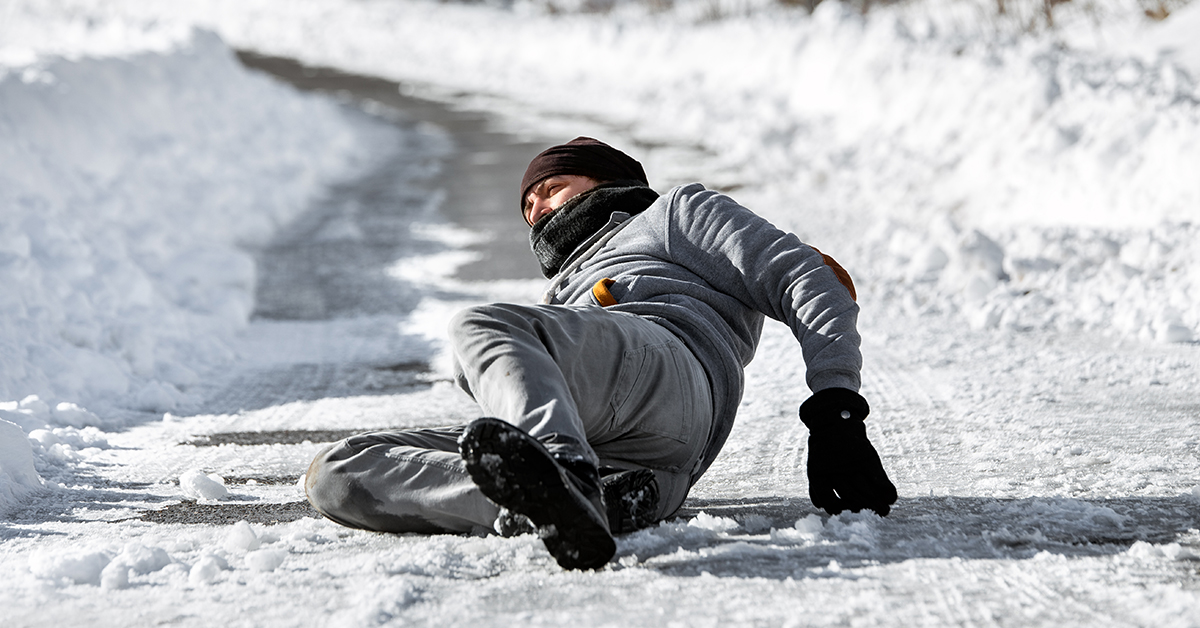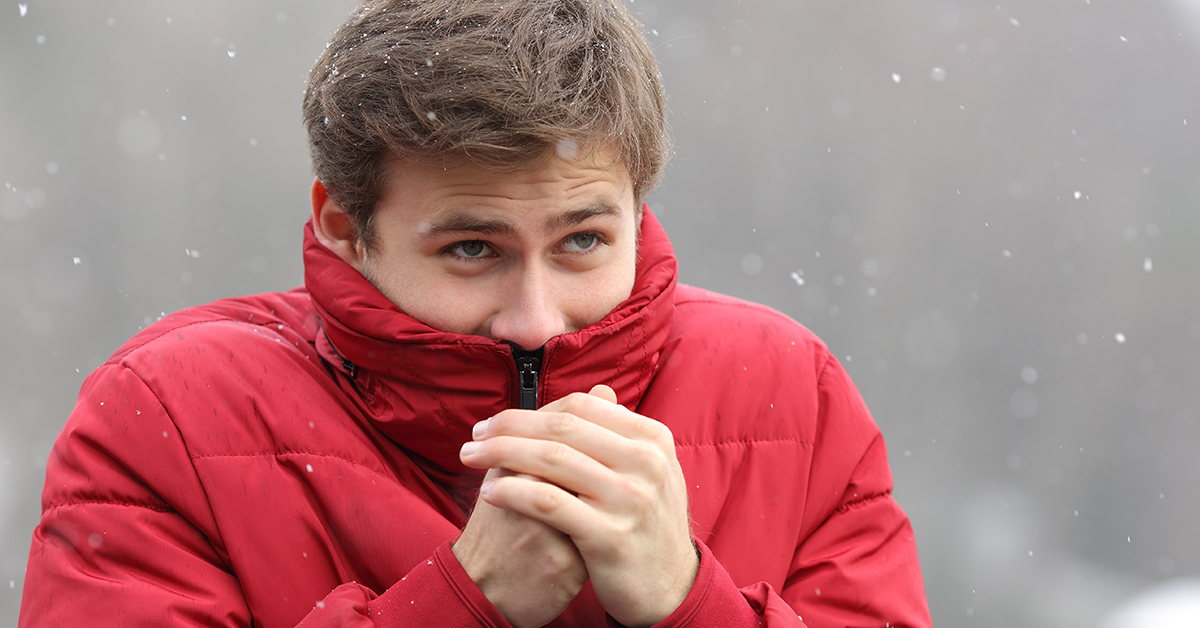As autumn turns to winter and the snow begins to fall, we have to be prepared to deal with typical winter dangers. With ice covering sidewalks and driveways, our risk of falling increases, bringing with it an increasing number of sprains and strains. And dropping temperatures make us vulnerable to hypothermia and frostbite. Here are some guidelines to help you deal with these winter emergencies.
Sprains and strains
Sprains and strains occur when joints, muscles, tendons, and ligaments are stretched beyond their normal range—for example, as a result of falling on an icy surface. To treat one of these injuries, remember the acronym RICE, which stands for rest, ice, compression, and elevation.
Rest the injured limb. Avoid putting weight on the area until it has healed.
Ice the injury to prevent swelling, but don’t apply the ice directly to the skin. Place a thin cloth between the ice and the skin, then keep the ice in place for about 20 minutes each hour.
Compress the injury with an elastic bandage or specialized sleeve. This will provide support to the injured area and help prevent swelling.
Elevate the limb to a level above the heart. This makes it difficult for the heart to pump blood to the injury and cause swelling.
In addition, nonprescription pain relievers, such as acetaminophen or ibuprofen, can ease the discomfort, but don’t give ASA to anyone under the age of 18. Your London Drugs pharmacists can help you select the best medication to meet your needs.
Hypothermia
If your internal body temperature drops below 35° C (95° F), you can slip into hypothermia, a state when the body’s temperature is not high enough to support normal metabolism. Children, the elderly, and people with a low percentage of body fat have a higher risk of developing this problem.
Hypothermia causes moderate to severe shivering, mental confusion, lack of coordination, and a change in the heart rate—either a significant increase or decrease. The extremities may turn blue, and the skin may become very pale, blue, or swollen.
If you suspect that someone has hypothermia, call 911 immediately. If the person either stops breathing or the breathing becomes very shallow or slow, begin CPR. If CPR isn’t necessary, try to get the person away from the cold. Take the person inside and if the clothing is wet, help the person change into dry clothing. If that isn’t possible, wrap the person in a warm blanket and try to get the person off the frozen ground.
Applying heat to the body can cause injury. A better option is to apply a warm compress to the central areas of the body—head, neck, chest, groin. Do not give the person alcohol or massages.
Frostbite
Frostbite happens when the skin and tissue beneath it freeze up and damage the cell walls. The fingers, cheeks, chin, ears, and nose are the most vulnerable areas.
Signs of frostbite include skin that has either turned red or has become very pale, skin that is hard or looks waxen, and feelings of prickling or numbness. Very severe frostbite can cause blisters and significant pain.
If someone near you appears to have frostbite, get the person out of the cold if possible. If that isn’t possible, cover the part of the face that appears to be affected or tuck the hands into the armpits to warm them up. Remove any pieces of wet clothing. Do not rub the skin, as this can cause further damage.
Once you have the person in a warm environment, soak the frostbitten area in warm—not hot—water for 15 to 30 minutes. Avoid using direct heat such as a heating pad or fireplace. Over-the-counter pain relievers may be helpful, as rewarming can be uncomfortable. As frostbitten skin warms, it should turn red as sensation returns. If the area stays numb or if blisters develop, seek medical attention.
Your winter first aid kit
An important part of preparing for winter emergencies is to have a properly stocked first aid kit on hand. Here are some general guidelines for what to include, but your London Drugs pharmacists can help you customize a kit for your family’s needs.
• absorbent compress dressings
• adhesive bandages (assorted sizes)
• adhesive cloth tape
• antibiotic ointment
• antiseptic wipes
• elastic bandages
• emergency blanket, mittens, socks, hat
• first aid instruction manual
• hand sanitizer
• hydrocortisone cream
• instant cold compress
• instant hand or foot warmers
• non-latex gloves
• oral thermometer (non-mercury/non-glass)
• OTC pain reliever
• scissors
• sterile gauze pads
• tweezers
Read other articles in our Fall-Winter 2021 volume of our Bettercare magazine here.



